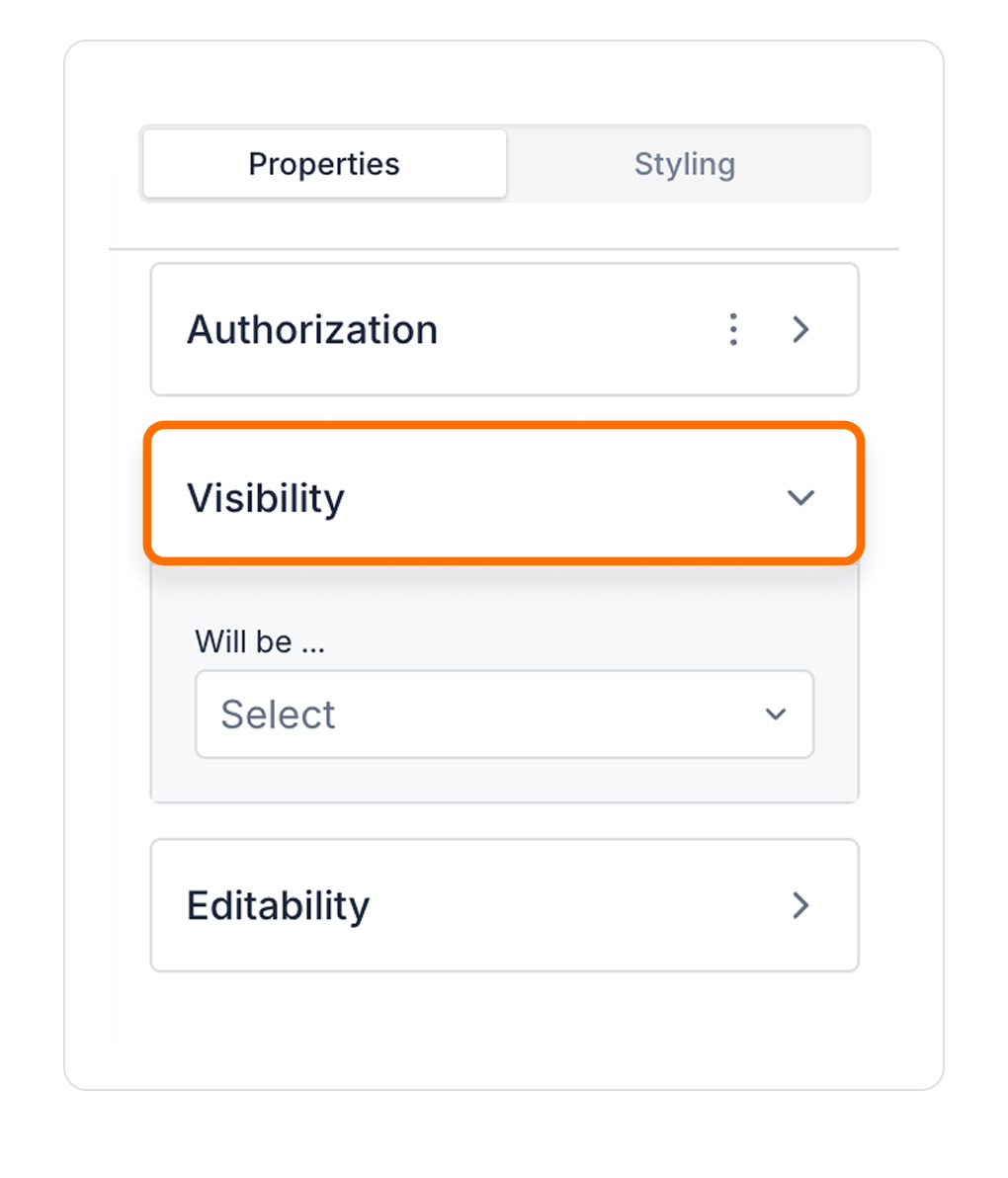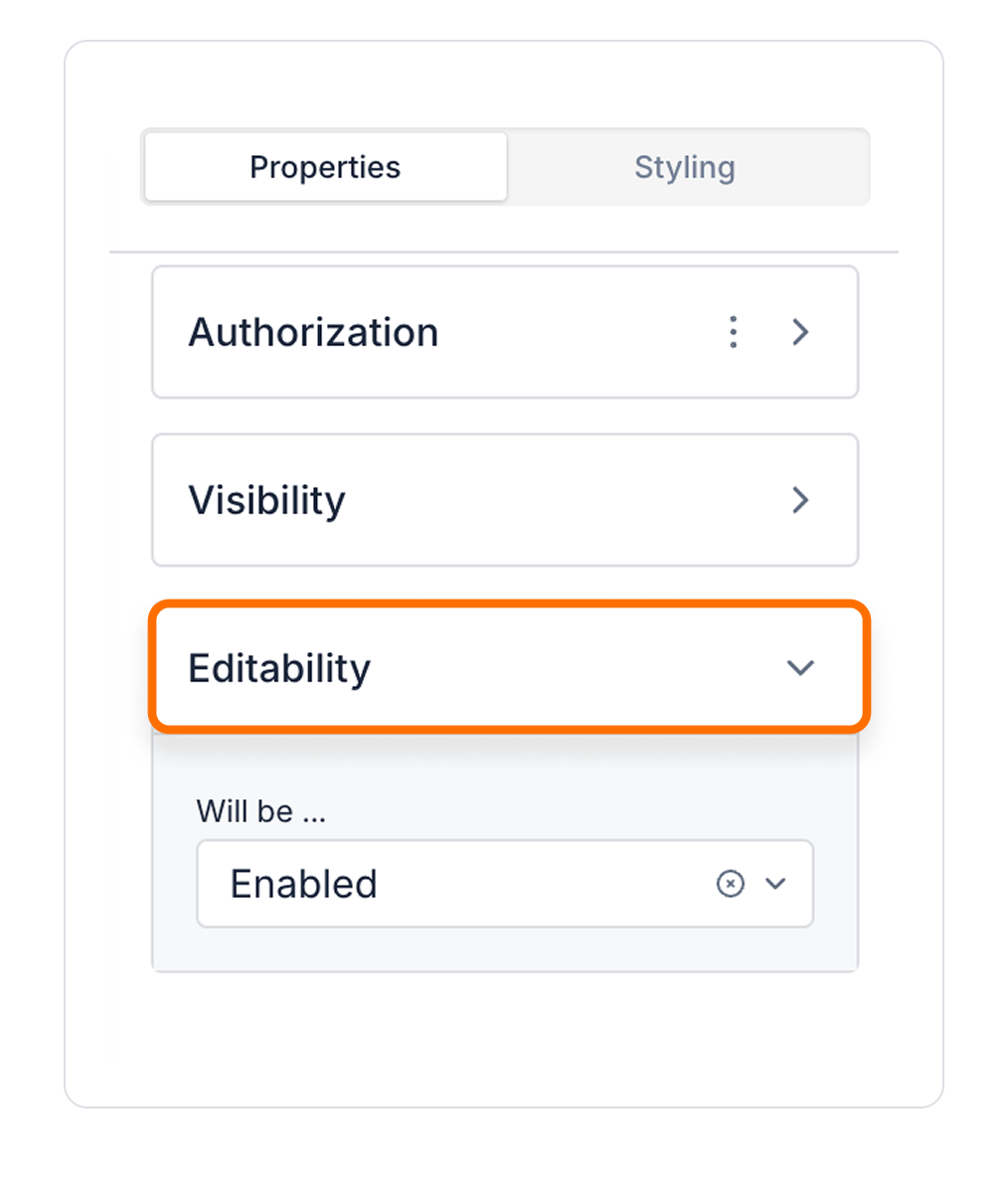


Kuika's Text Input element allows users to enter text in applications. With validation and formatting features, it ensures that the entered data is used correctly. Users will see a specific placeholder text when they do not enter information in the text field and can quickly clear the input with the Delete icon on the right margin. In this guide, you will learn how to use the Text Input element and configure its properties.

You can configure the following settings in the Properties panel:

The Text Input element supports input masking to ensure that user entries follow specific formats. This helps maintain consistency and accuracy in data entry.
Basic Mask Symbols
Sample Mask Formats
Country-Specific Phone Number Formats
Implementation Steps
After setting the mask, use the Preview mode to test how it works.
Authorization

To manage access control at the element level, you can use the Authorization section in the Properties panel.
Access Types
Anonymous
Allows all users to view the element without logging in.
Restricted
Restricts access to only verified users or specific roles.
Unauthorized Behavior (Hide / Disable)
If the user does not have the required role, you can specify how the element should behave in the Choose field:
This setting is used to manage how unauthorized users encounter the element.
Visibility

Always Visible: The element is always visible.
Hidden: The element is hidden.
Sometimes Visible: The element becomes visible based on specific conditions.
When Sometimes Visible is used, AND / OR groups can be added directly, allowing visibility rules to be grouped and more complex scenarios to be managed easily.
To configure the setting:


By customizing your elements with the Styling Panel, you can create impressive interfaces for your web and mobile applications. In this section, you can configure the following settings:
By following these steps, you can configure the Area Chart element to suit your needs.